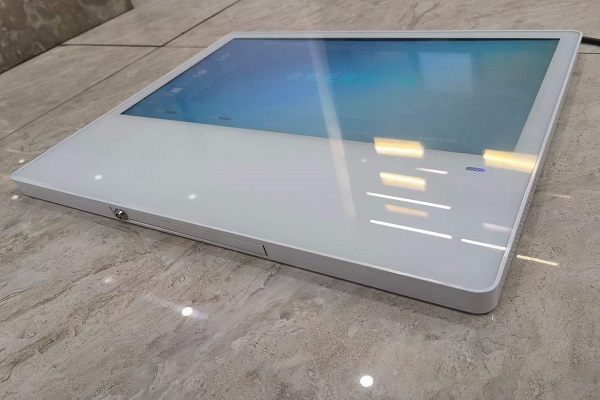The Evolution and Impact of Elevator Advertising Screens
In today's fast-paced world, advertising has evolved beyond traditional mediums such as newspapers, billboards, and television. One of the most innovative and effective forms of modern advertising is the elevator advertising screen. These digital displays, strategically placed inside elevators, capture the attention of a captive audience, making them a powerful tool for marketers.
This paper explores the rise of elevator advertising screen, their technological advancements, benefits for businesses, psychological impact on consumers, and future trends. By understanding the dynamics of this advertising medium, businesses can leverage it to enhance brand visibility and engagement.
With the decline of traditional advertising effectiveness due to ad fatigue and digital distractions, businesses are seeking innovative ways to reach consumers. Elevators provide a unique environment where people are momentarily free from smartphones and other distractions, making them an ideal place for advertisements.
Initially, elevator advertising screen were limited to posters and framed prints. However, with advancements in digital technology, LCD and LED screens have replaced static ads, offering dynamic, high-definition content that can be updated remotely.
The global digital out-of-home (DOOH) advertising market, which includes elevator ads, is projected to grow significantly.
Modern elevator screens use 4K Ultra HD or OLED technology, ensuring crisp visuals that attract attention. High brightness levels (measured in nits) allow visibility even in well-lit elevator cabins.
Some advanced models incorporate touchscreen functionality, enabling users to interact with ads—such as browsing products, playing mini-games, or scanning QR codes for promotions.
AI and Data-Driven Advertising:
Artificial Intelligence (AI) enables real-time ad customization based on factors like:
Time of day(e.g., coffee ads in the morning)
Demographics(using facial recognition or motion sensors)
Location-based targeting (ads tailored to building types—offices, malls, residential)
Remote Content Management:
Cloud-based platforms allow advertisers to:
Update ads instantly without manual intervention
A/B test different creatives to optimize performance
Monitor ad performance through analytics dashboards
Energy Efficiency and Durability:
Elevator ad screens are designed for 24/7 operation with low power consumption. Many use LED backlighting and automatic brightness adjustment to save energy.
Unlike other ad formats where viewers can skip or ignore content, elevator riders have nowhere else to look, resulting in higher ad recall rates. Studies show that elevator ads achieve 82% recall rates, compared to just 45% for online banner ads.

